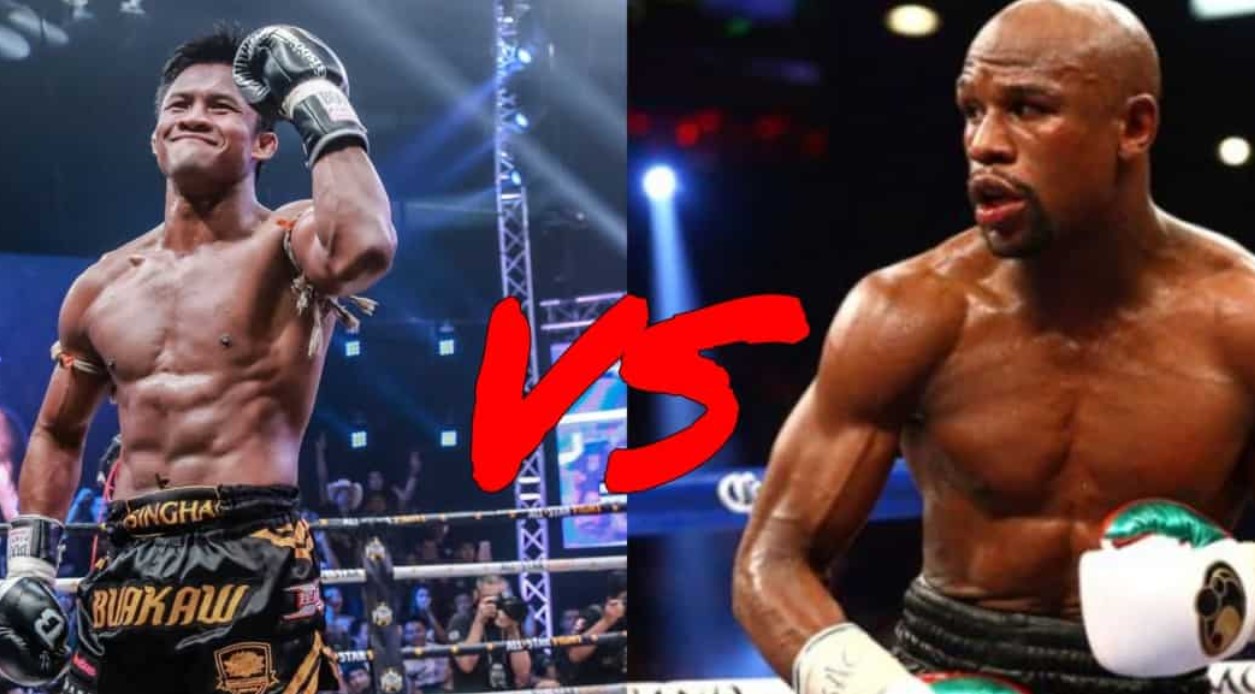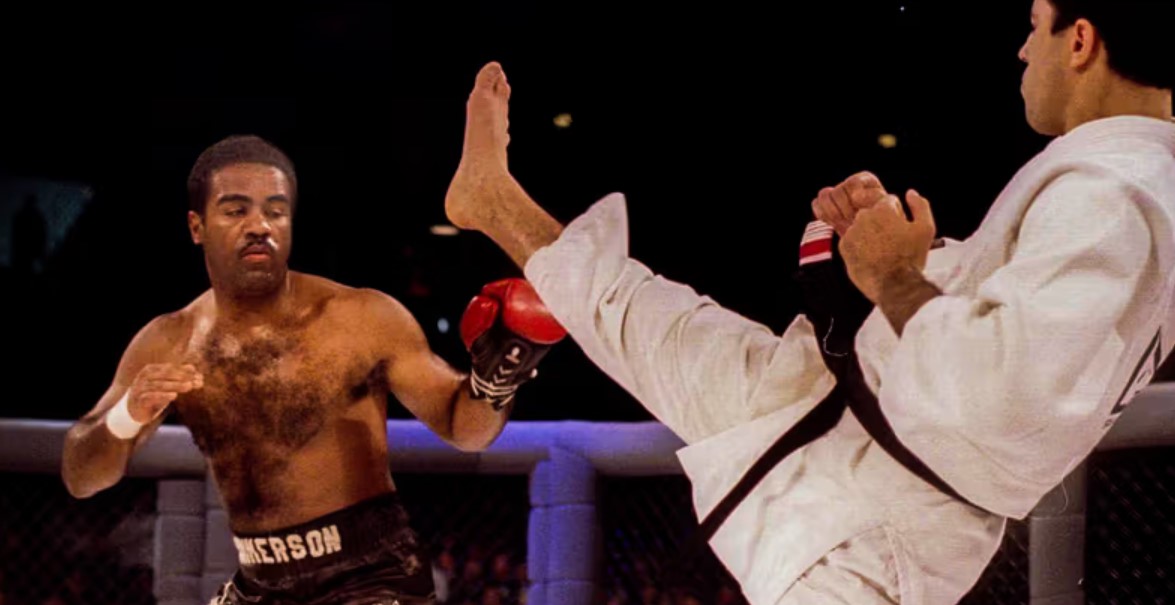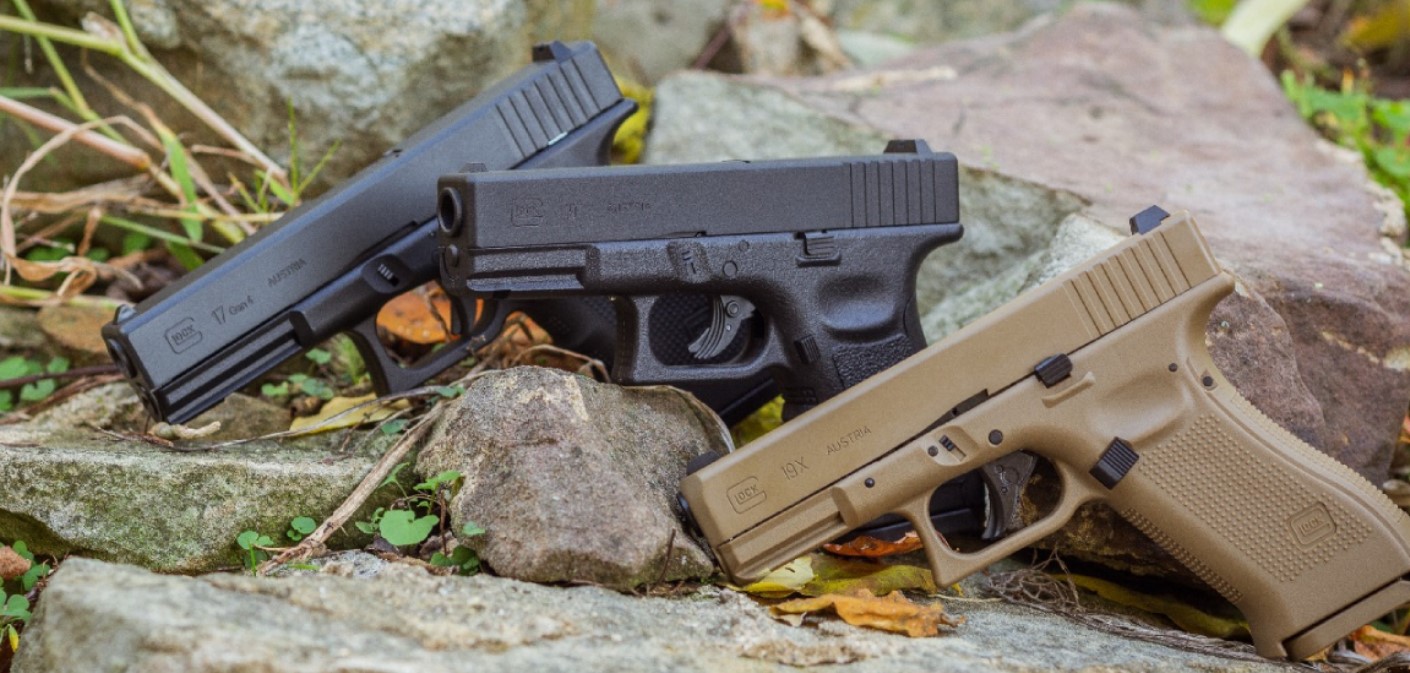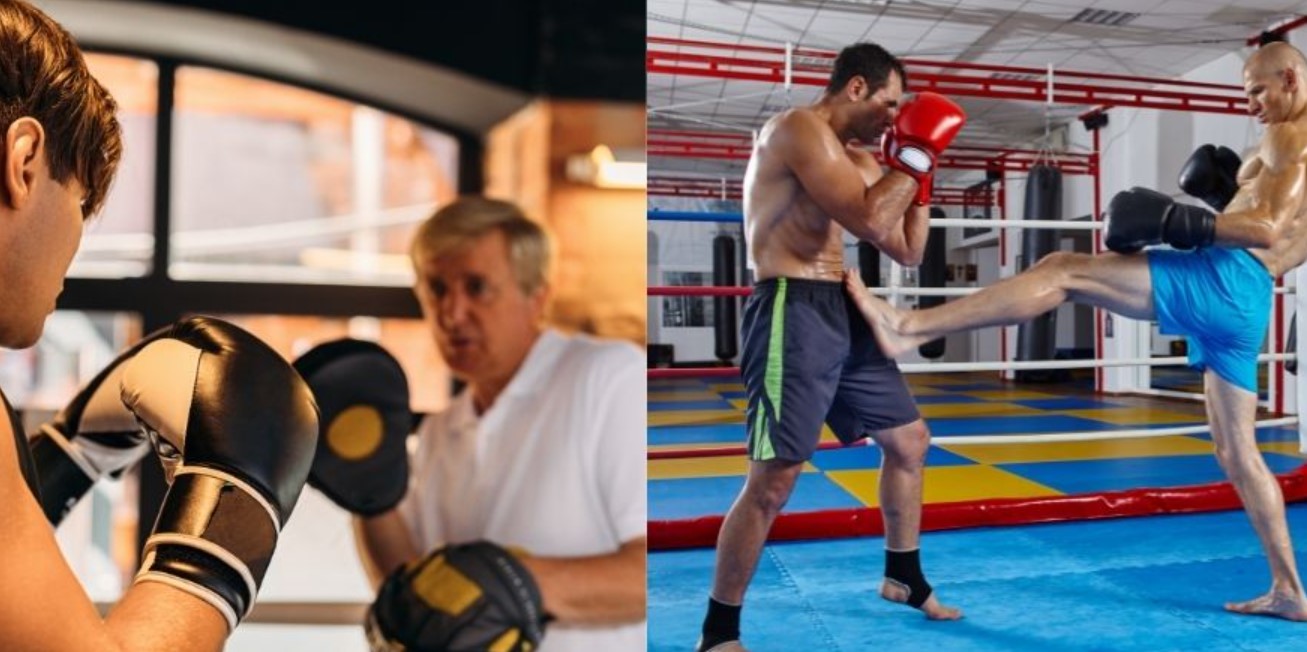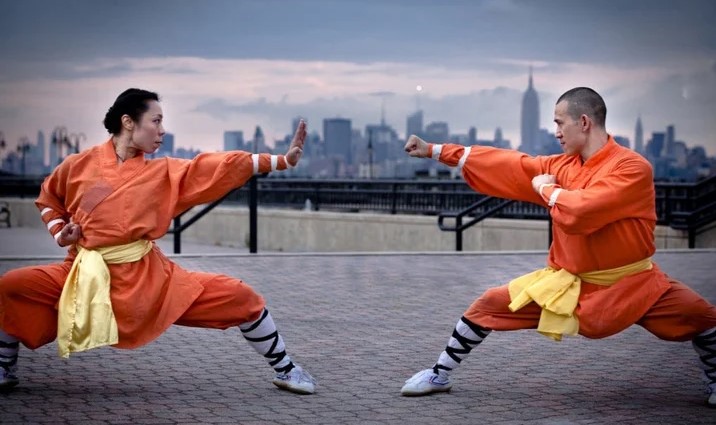Choosing the right martial art for self-defense purposes is an important decision, requiring careful consideration of personal goals, abilities and preferences. Karate and Taekwondo are both long-standing martial arts with many outstanding advantages, providing significant self-defense effectiveness. However, each martial art possesses unique characteristics, suitable for different subjects and situations. So, which is better for self defense karate or taekwondo?
To answer this question, Theselfdefensetool.com will deeply analyze the advantages, disadvantages as well as outstanding differences of each martial art, thereby helping you make the wisest decision for yourself.
Origins of Taekwondo and Karate

Taekwondo
- Long history: Taekwondo originated from Korea, with a long history that can be traced back to the period of the Three Kingdoms of Korea (57 BC – 668 AD).
- Strong growth: Through many historical upheavals, Taekwondo developed strongly in the 20th century, becoming the national martial art of Korea and one of the most popular sports in the world.
- Featured: Taekwondo is famous for its high kicks, spinning kicks and quick kicks, effectively combining the strength of both arms and legs.
karate
- Origin from Okinawa: Karate emerged from the island of Okinawa, Japan in the 14th century, influenced by Chinese martial arts such as Shaolin Kung Fu and boxing.
- Popular: Karate was introduced to Japan in the 20th century and quickly became popular worldwide.
- Featured: Karate focuses on punches, kicks, elbows and swipes, using body strength to defeat opponents.
Compare two martial arts:
| Characteristic | Taekwondo | karate |
| Source | Korea | Japan |
| History | Old (57 BC) | More recent (14th century) |
| Distribution | Global | Global |
| Featured | High kicks, spinning kicks, arm strikes | Punch, kick, elbow, swipe |
| Concentrated force | Hand and foot | Body |
>>> Click Best Self Defense Weapon For Car – Top 4 Choices
What is the difference between karate and taekwondo?
| Characteristic | karate | Taekwondo |
| Source | Japan | Korea |
| Background | Traditional martial arts focus on self-defense | Olympic sports focus on competition |
| Technique | Focus on punches, kicks, elbows and knees | Focus on kicks, especially spinning and jumping kicks |
| Practice | Emphasis is placed on posture, strength and precision | Emphasis on speed, flexibility and strength |
| Philosophy | Discipline, respect and self-improvement | Sportsmanship, will and courage |
| Competition | Points are awarded for both arm and leg strikes | Points are awarded mainly for kicks |
| Benefit | Increase health, fitness and confidence | Develop coordination, balance and reflexes |
| Who should practice? | People who want to learn a traditional martial art for self-defense and self-improvement | People who want to participate in sports competitions and practice discipline |
Note: These are just the basic differences between Karate and Taekwondo. Each martial art has many different styles and schools, with their own emphases and philosophies. Choosing the appropriate martial art depends on each individual’s goals, interests and abilities.
>>> Click What Is Better For Self Defense Boxing Or Muay Thai?
Which is better for self-defense karate or taekwondo?
It is difficult to say with certainty whether Karate or Taekwondo is better for self-defense purposes because both martial arts have their own advantages and disadvantages. Choosing which martial art is more suitable depends on many factors, including your specific goals, personal preferences, physical abilities, and training environment.
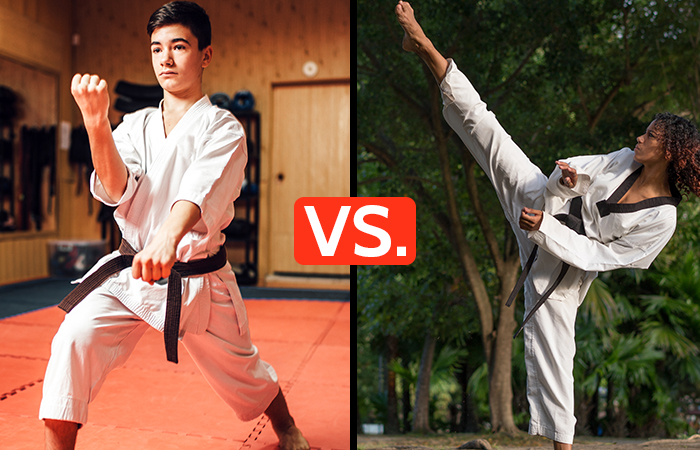
Below are some comparison points about the self-defense effectiveness of Karate and Taekwondo:
Karate:
- Advantage:
- Techniques focus on effective punches, kicks, elbows and knees in rapproché combat situations.
- Emphasize stable posture, helping to increase resistance and counterattacks.
- A variety of exercises, including practical street self-defense techniques.
- Defect:
- Less focus on spinning and jumping kicks, which can be useful in some situations.
- Some styles of Karate may focus more on competition than actual self-defense.
Taekwondo:
- Advantage:
- Flexible and powerful leg kicking technique, especially effective in keeping distance and attacking opponents from a distance.
- Emphasis is placed on speed and agility, helping to dodge attacks and move nimbly.
- Train quick, useful reflexes in unexpected situations.
- Defect:
- There is less emphasis on punches and elbow strikes, which may be necessary in rapproché combat.
- Some styles of Taekwondo may focus more on visual appearance than actual self-defense effectiveness.
In addition, you should also consider some other factors such as:
- Your specific goals: Do you want to learn martial arts to defend yourself in dangerous situations on the street, participate in sports competitions, or improve your health and spirit?
- Personal preferences: Do you prefer a fighting style that uses a lot of punches and kicks or spin kicks and jumps?
- Physical abilities: Do you have good physical strength, endurance or flexibility?
- Practice environment: Can you find a reputable Karate or Taekwondo class that fits your schedule?
Advice:
- It is best to try and experience both martial arts to feel and choose the right one for yourself.
- Consult an experienced martial arts instructor for specific advice.
- The most important thing is to persevere in practicing and practice regularly to improve your skills and self-defense ability.
Hope you find the right martial art and achieve your goals!
Key: karate or taekwondo which is better for self defense, karate or taekwondo for self defense, which is better for self defense taekwondo or karate, is taekwondo or karate better for self defense
